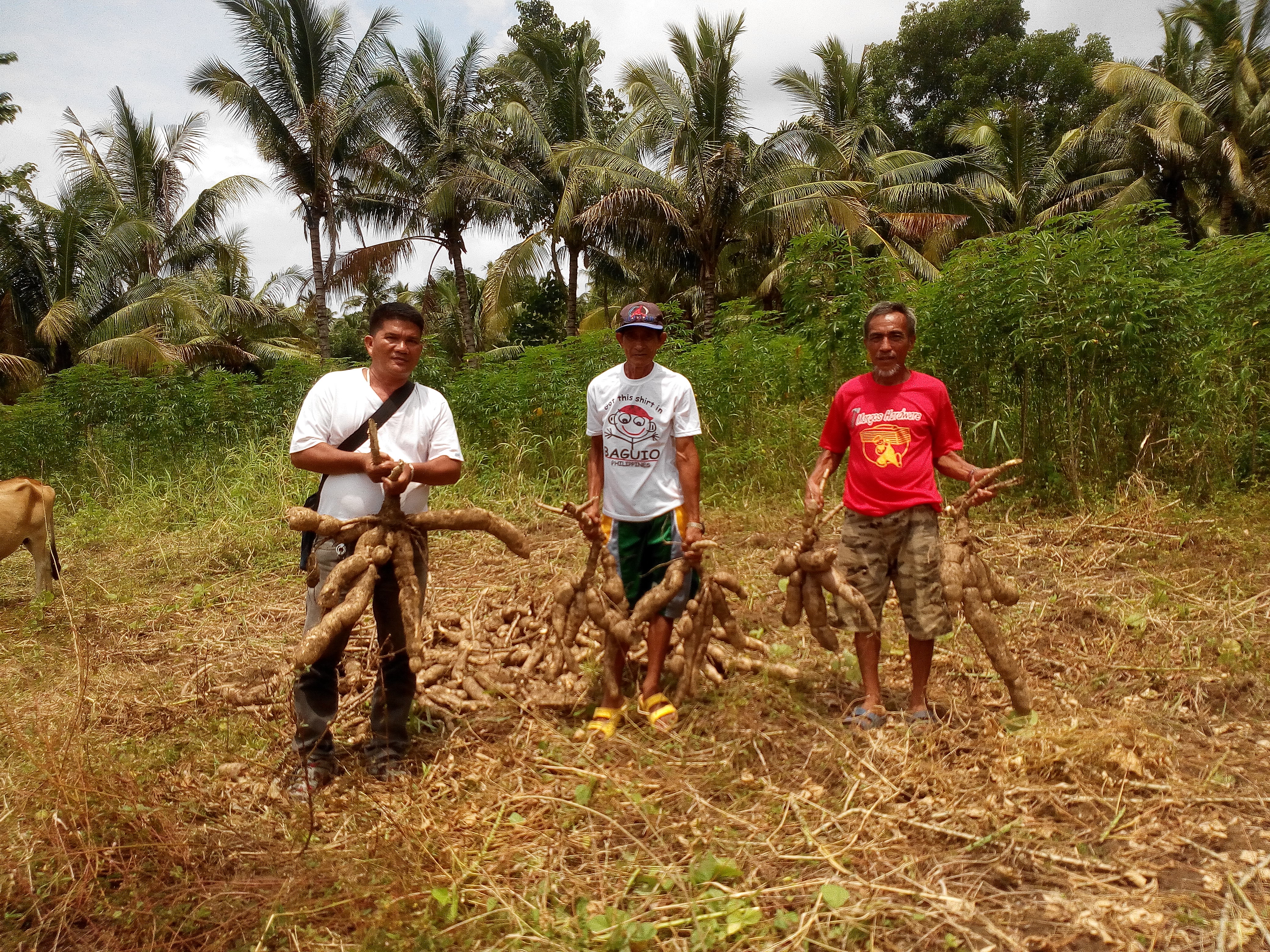An Overview Of Our Solution
- Population Impacted:
- Continent: Asia
Organization type
Population impacted
Size of agricultural area
Production quantity
People employed
Describe your solution
Describe your implementation
External connections
What is the environmental or ecological challenge you are targeting with your solution?
Describe the context in which you are operating
The pathetic agrarian context surrounding the GO-CFS calls for an intervention intended to help the smallholder farmers. Zamboanga del Sur lies in the Western region of Sothern Philippines. It has around 300,000 hectares of lowlands, mainly rice lands, and around 200,000 hectares of uplands, mainly corn lands. Cassava production is targeted in the uplands. Zamboanga del Sur has an agrarian economy replete with smallholders. Around 90% of the farmers, the smallholders, are poor in Zamboanga del Sur because of the negative effects of chemical agriculture described above. The smallholder farmers live below the poverty threshold which is pegged by the national government to about US$125 monthly income for a family of six. These farmers can hardly afford their basic necessities.
The Provincial Government of Zamboanga del Sur can only do so much to help farmers because the agriculture funds are handled by the national government. Only less than 50% of the mandated revenue allotment from the national government is given to LGUs. As result, the provincial government of Zamboanga del Sur can only do so much for the agriculture sector as it has yet to allot a budget for personnel, health care, social services, infrastructure, among others. Despite the lack of budget for agriculture, the provincial government has come up with the GO-CFS which is conceptualized by Governor Cerilles as its practical intervention to address the said challenges.
How did you impact natural resource use and greenhouse gas emissions?
Language(s)
Social/Community
Water
Food Security/Nutrition
Economic/Sustainable Development
Climate
Sustainability
The GO-CFS is a sustainable farming system. In the long run, it hardly needs grant funding and subsidies. Once the people start to benefit from the monthly harvest and regular income, they themselves will always find a way to sustain the GO-CFS. The driving force of the GO-CFS ultimately lies in the hands of the people who become convinced that they will benefit in sustaining this innovative system. In cases of boosting the processing facilities and equipment of the consolidator coop in order to develop more cassava by-products and to raise income of the farmers, grants or subsidies may be needed. But as far as the production side is concerned, the GO-CFS is sustainable enough.
Return on investment
Entrant Image

Entrant Banner Image

